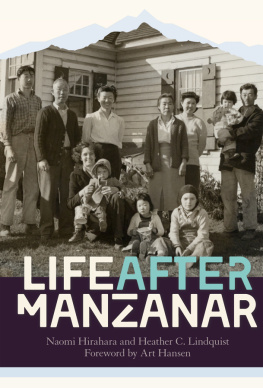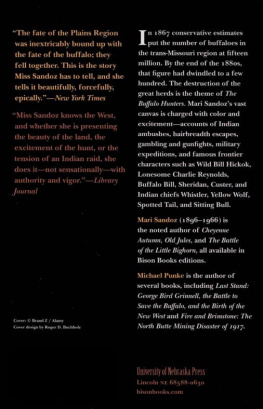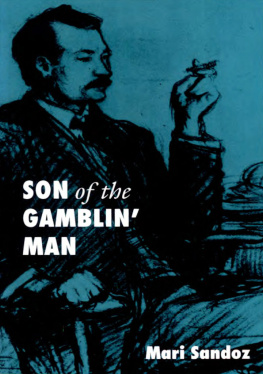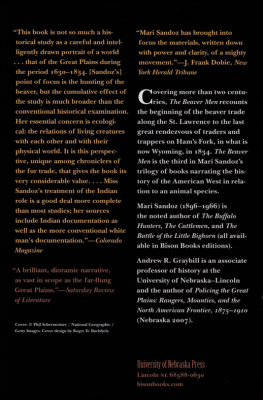
Naomi Hirahara
Gasa-Gasa Girl
The second book in the Mas Arai series, 2005
To Jimmy,
the real artist in the family
Thanks to Professor Kendall Brown and Yukiko Yanagida McCarty, for sharing information about Takeo Shiota. Quotes from Takeo Shiota were taken from his essay The Miniature Japanese Landscape, written for the Newark Museum Association and available at The New York Public Library. For more information on Japanese Americans in New York, I can recommend two nonfiction works, Mitziko Sawadas book, Tokyo Life, New York Dreams: Urban Japanese Visions of America, 1890-1924, and Scott T. Miyakawas article Early New York Issei: Founders of Japanese American Trade. To learn more about the history of Seabrook, see Charles H. Harrisons Growing a Global Village: Making History at Seabrook Farms.
Regarding the writing of Gasa-Gasa Girl, I am indebted to both my editor, Shannon Jamieson, and my agent, Sonia Pabley, for their perceptive advice in making the story as sharp as possible.
I also acknowledge the help of Anne Winthrop Esposito, Patrick Huguenin, and the agency of Rosenstone/Wender.
For other tangible help, whether it be providing a bed for a weary traveling writer or making refreshments for book parties, I thank my parents, Mayumi and Isamu Hirahara, and their friends; my brother, Jimmy Hirahara, and his friends; my homegirls (you know who you are); Lewis Kawahara and Akiko Takeshita; Paul Kroner and Sharon Ozzolek; and New Life Christian Church. Attorney Mike Yamamoto fielded questions about criminal law. I also give thanks to the Japanese American community in both New York City and New Jersey, whose members were so welcoming during past research trips for other writing projects.
Last of all, but most important, appreciation and love go out to my husband, Wes, who has provided a nurturing environment for me to write in.
A real person, Takeo Shiota, and real places are mentioned in this novel, but the story of Gasa-Gasa Girl is completely fictional.

Gasa-gasa. Thats what Chizuko called her. Their gasa-gasa baby, constantly restless, constantly moving. Once, when Mas Arai returned from his gardening route to their home in Altadena, California, he found her in the living room chewing on the leather case for his favorite pair of pruning shears. Five minutes later she had gotten into his bowls of Japanese go playing pieces, a spray of black and white stones all over their linoleum kitchen floor. And five minutes after that, she had moved into the hall closet and pulled down all of Mass long-sleeved khaki work shirts.
She movin all the time, said Chizuko. Cant watch her every minute; I have enough to do around the house.
Mas didnt dare criticize Chizukos mothering skills, because what could she say about him as a father? It was one thing when they were at home, when the walls of their McNally Street house could contain her. But out in the larger world, Mas and Chizuko had to keep their eye on their daughter at all times. If they didnt, Mari would have for sure stumbled into a dry ravine in Elysian Park during a gardeners association picnic, or run away with a band of ravenous deer at the old Japanese Deer Park, in Orange County. Mari always seemed to be on the move, yet she still somehow escaped falling off the edge. Where, Mas often wondered, would the gasa-gasa girl end up next?
To go far from the noise of civilization, to live the simple country life and breathe deeply of pure air-that is the cleanser of life.
Takeo Shiota
New York City, August 1, 1915
March 2000

Mas knew that New York City wasnt for him as soon as he saw that its gardens were under lock and key. Even in the best neighborhoods in Beverly Hills or San Marino back in Southern California, lawns lay open like luxurious carpets to the edges of sidewalks, beckoning guests and the glances of envious passersby. Of course, back home there were also visual threats and warnings-the blue and yellow Armed Response signs on metal stakes. But it was one thing to pierce grass with a sign, and quite another to put a garden behind bars.
Its called a community garden, Tug Yamada explained. Everyone pitches in to make it green. They were stuck in traffic on Flatbush Avenue. Tug had picked Mas up in a white Mercury rental car, a pearl amid the black Town Cars that had circled JFK Airport. Mas could always count on Tug to help him in a pinch. But then again, Mas guessed that Tug was behind this recent turn of events. It would take an outside force-specifically a six-foot Nisei, a second-generation Japanese American-to push Mass daughter, Mari, to place a call from Brooklyn to his home in Altadena.
Community? Like Japanese ones back in Los Angeles?
No Japanese gardeners over here, Mas. At least no more than you can count on one hand. Tug stretched out his palm, magnifying the missing half of his forefinger, a remnant of his war injury in Europe.
This was no place for Japanese gardeners and no place for a Kibei like Mas, who was born in the U.S. but raised in Japan. Kibei -ki meaning return, bei referring to America-was a word made up by Japanese Americans to explain their limbo. So while America was actually home for the Kibei, many of them werent quite comfortable with English; on the other hand, they werent that comfortable speaking Japanese, either.
Mas was used to not belonging, but he felt an especially strong sense of displacement the minute hed gotten on the plane. A bunch of hakujin and blacks, and a few young Chinese. There were a couple of Japanese, but they were business types who wore blue and black suits with ties and hard shoes even on the airplane. They sat in the front, behind a curtain that separated the first class from the rest of the plane, called economy but really meaning bimbo, for the passengers with no money, like Mas. Even when Mas returned to America from Hiroshima in 1947, he bought the third-class boat tickets, which turned out to be a large open room full of other teenage dreamers lying on goza, straw mats, on the bottom of the ship.
In the streets of New York, there were black and brown teenagers with the same look in their eyes. Wrapped in puffy jackets and their heads topped with knit caps, they seemed to hold their dreams casually, maybe recklessly, as if those dreams could never dry up.
Everyone gasa-gasa ova here, huh?
Yeah, everyone moves around in New York, Mas. You should see where Joy lives in Manhattan. Its like rivers of people walking at night.
Tug had been in New York for a couple of weeks now before the opening of his daughter Joys art exhibit. In Mass eyes, Tug was the closest thing to an expert on Manhattan. Joy live close to ova here?
You have to go over the Brooklyn Bridge, but its just a short subway ride away.
Fancy place, dis Manhattan?
Well, Joy lives in a postage stamp of an apartment. The water comes out all brown. Tug stroked his white beard. And you know how I love baths, Mas.
Tug, in fact, had installed a Jacuzzi tub, his and his wife Lils only extravagance, in their modest home just two miles east of Mass. There was no doubt that this love for baths started when Tug was a child simmering nightly in the family furo, the huge Japanese wooden tub, on their red chili pepper farm.
Mas asked a few more perfunctory questions about Joy, then cut to the chase. So you knowsu whatsu goin on with Mari?
Next page

















